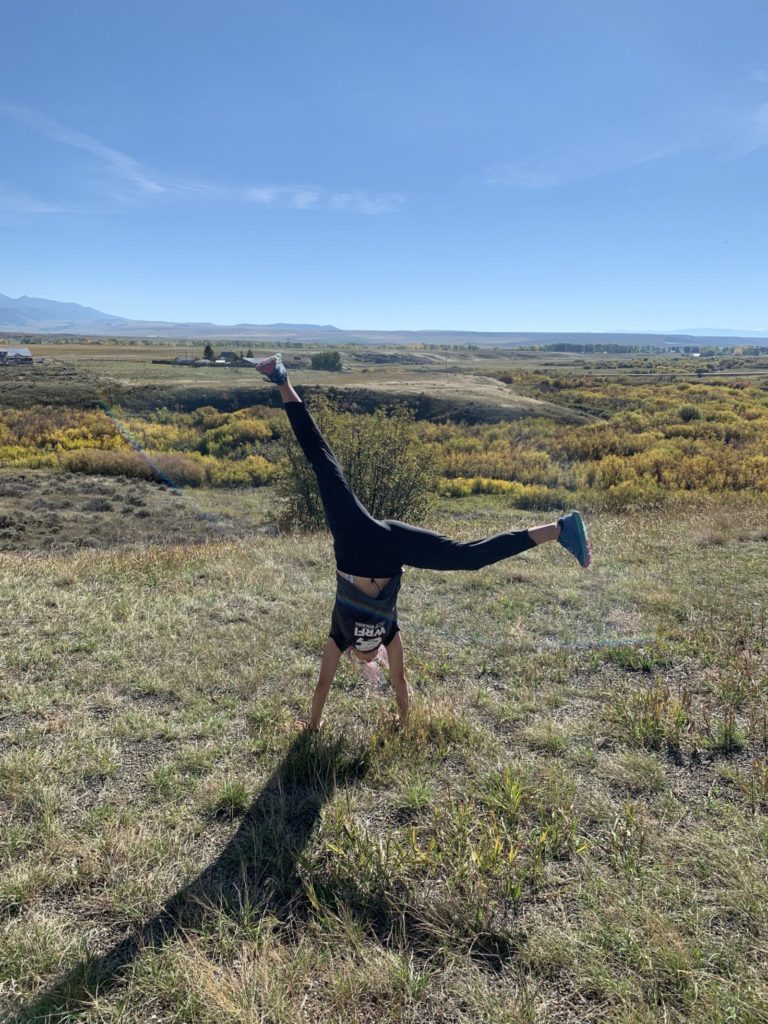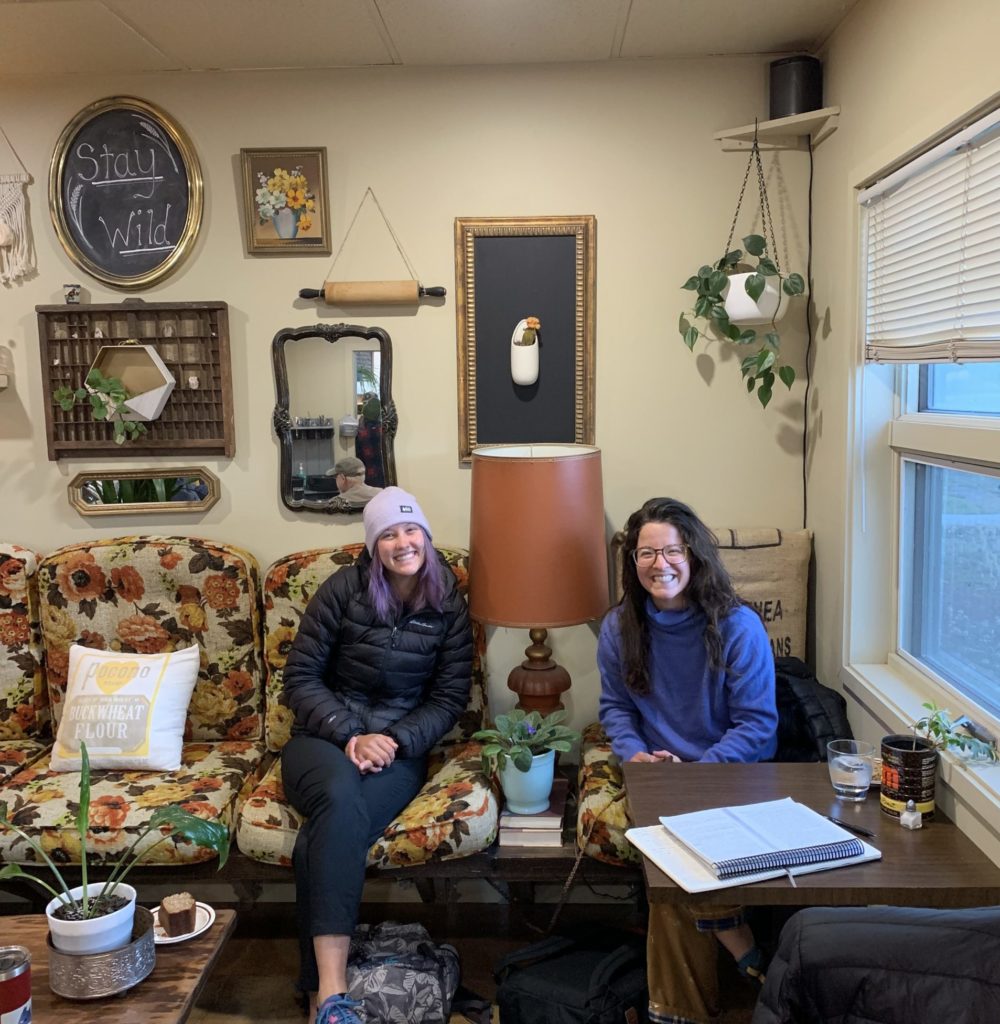
While backpacking through the Scapegoat Wilderness, I became fully immersed in the environment around me. I was able to slow down and think critically about the intricate systems that allow all beings to exist with each other. There is so much meaning in feeling connected to the landscape around you. On clear nights when I can see the stars, I look up at them with a deep respect knowing that I am part of something bigger.
As an artist, I am especially fascinated by the beauty of the world around me. Whether it is watching a bee land upon a wildflower for nectar or observing the busyness of a colorful city on a Friday night. There is beauty seeping from every corner of the world if we allow our minds to see it that way. So, while I have a deep appreciation for the natural spaces I have encountered thus far, I also have a newfound respect for the places that aren’t so “wild”. In fact, the idea of a place being “wild” is a human construct. Wilderness areas may be set aside separately from the populated cities that most of us reside in, but that does not mean that both don’t equally serve a purpose in our survival as humans. The goal of this WRFI course is to better understand our land ethic, and I feel that by extending my attention to beauty beyond the natural spaces we’ve experienced is one step in the right direction to deconstructing the idea that wilderness solely exists among the remote mountaintops of Montana.

On our backpacking trip, we were tasked with observing a plant for an extended period of time, which naturally allowed each of us to cultivate a relationship with that being. It is amazing how much you can learn through observing and listening to other living things. My plant told me about her life through the thick stems that allowed her to reach for the sky and support her body. Her creamy purple petals talk to pollinators, letting them know that she can offer them nutrients. In turn, the pollinators provide her with the nourishment she needs to produce seeds for her offspring. Her existence is a whole interconnected system in itself. She is most commonly known as a Leafy Aster, but to me she is so much more. She is wise, resilient, and kind.
Likewise, since being back in a town, I have examined the plant life around me. I am no longer in a designated Wilderness area, but I can still observe the same relationship between a flower and her pollinator located outside the coffee shop I’m studying in. She may look different than the Leafy Aster, but she is just as wise as her sister living high up in the mountains. Although so far apart and living very different lives, these two beings are equally important to the landscapes they live in.
The next time you are able to look up at the sky on a clear night, I encourage you to observe the stars. Watch how they exist with one another. Listen to the things they are saying to you. Regardless of where you are and what you do, remember that we are all connected to a complex system built upon meaningful relationships between all living beings. We too can be wise, resilient, and kind. Just as my flower taught me.
With love,
Elisabeth
One Reply to “Plant Teachings by Elisabeth Davidson”
Comments are closed.
Thank you for helping us take a moment to pause, to breathe in, to observe the most innocent and common things around us. What we encounter each day is so unbelievably magnificent, all it takes is an open eye and a grateful heart to see it. Thank you for sharing your experiences and your passion for the earth we live in.